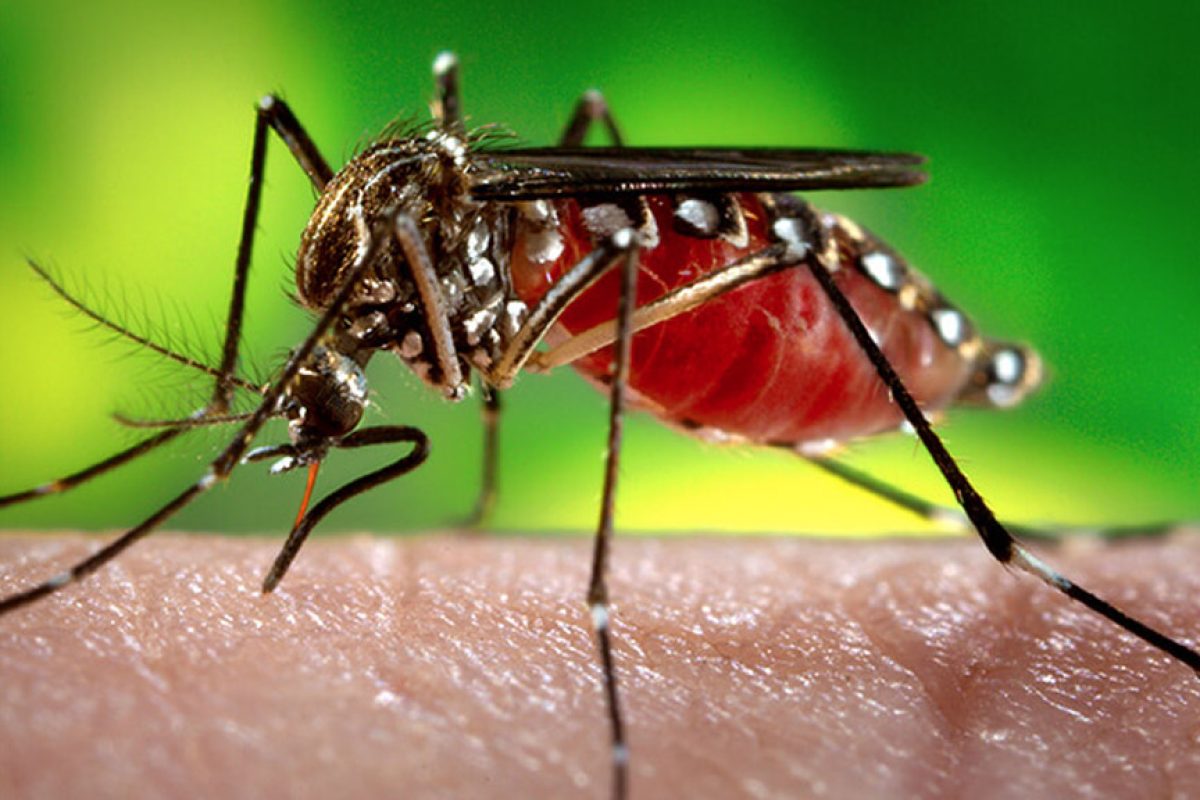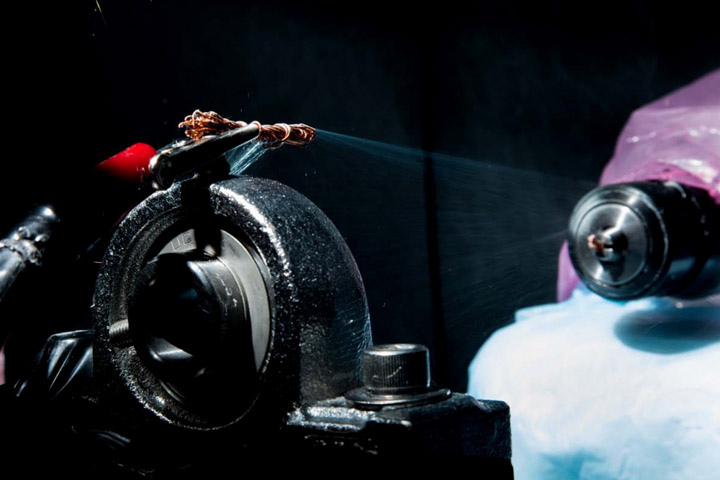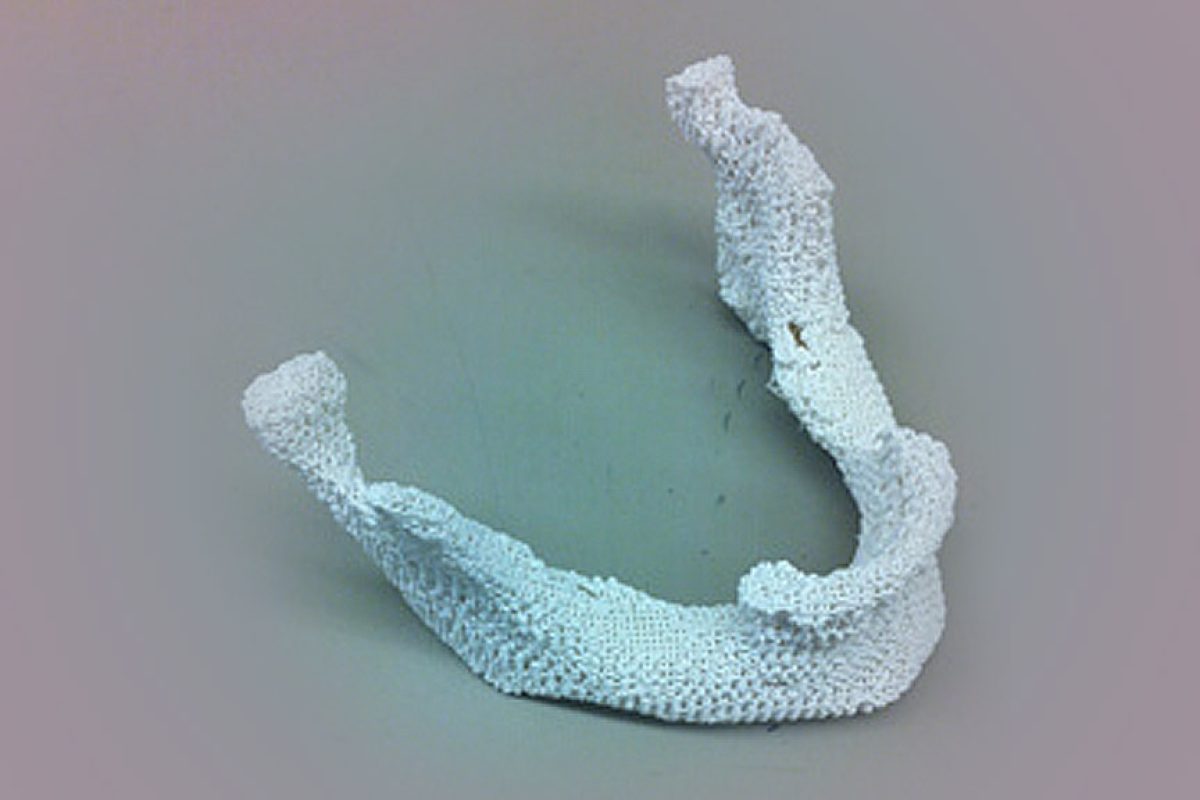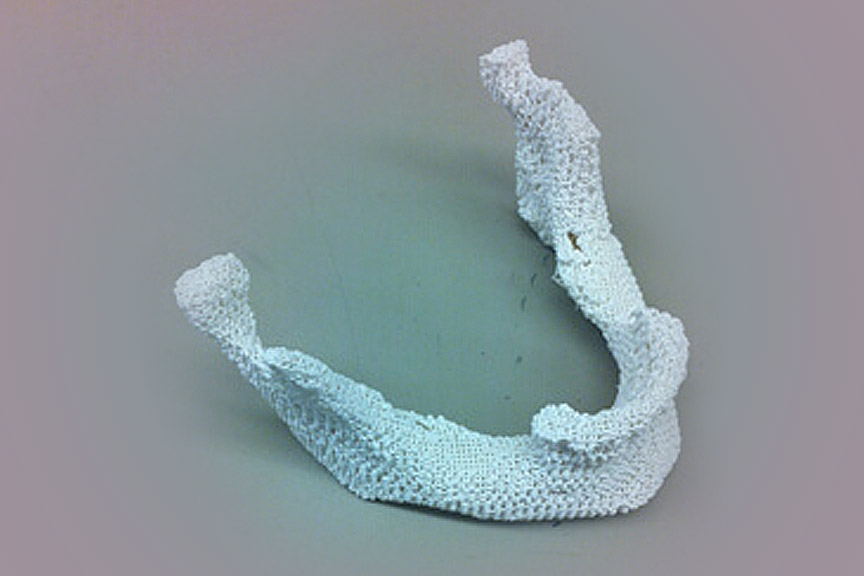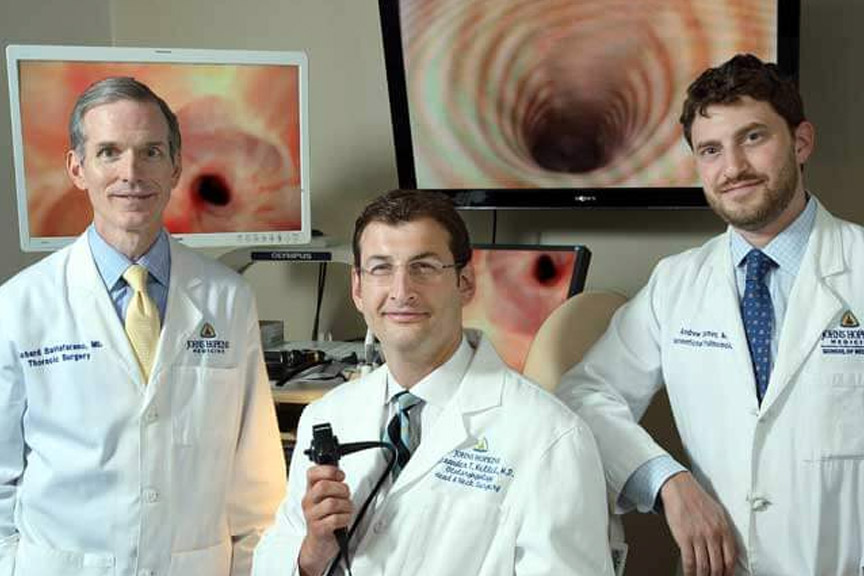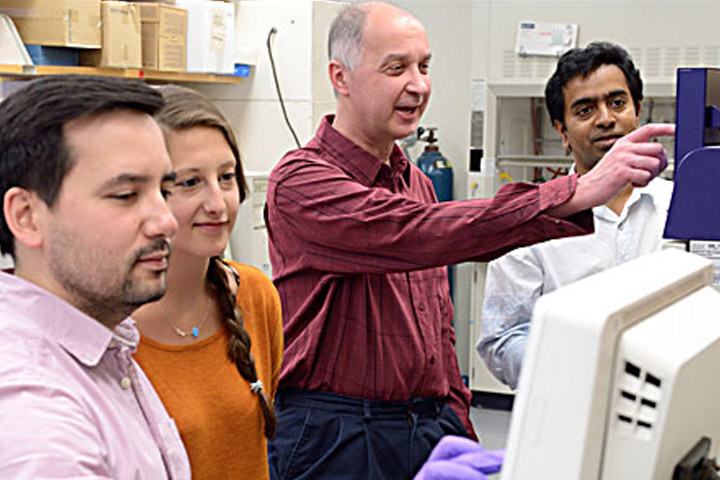JULY 2016—IT WAS A REGULAR JANUARY DAY FOR JOHNS HOPKINS STEM CELL BIOLOGIST HONGJUN SONG WHEN THE LIGHT BULB CAME ON. HE WAS IN THE LAB, CHATTING WITH GRADUATE STUDENT XUYU QIAN AND POSTDOCTORAL FELLOW HA NAM NGUYEN, WHO HAD BEEN TOILING FOR THREE YEARS ON A NEW WAY TO REPLICATE BRAIN DEVELOPMENT IN THE LAB. NOW THEY HAD A GOOD SYSTEM GOING AND NEEDED AN INITIAL PROBLEM TO SOLVE.
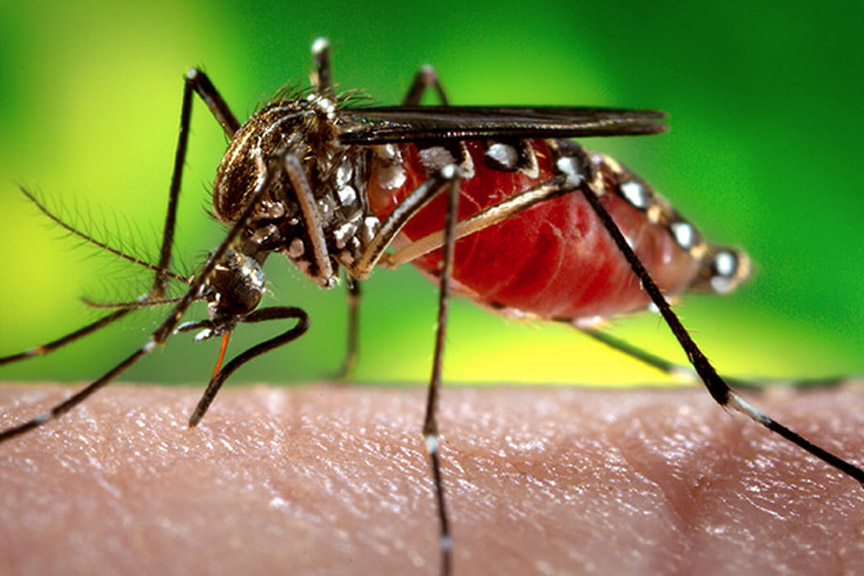
Aedes Aegypti Mosquito. Credit: CDC/ Dr. Frank Hadley Collins, Center For Global Health And Infectious Diseases, University Of Notre Dame
Photo By: James Gathany
“We could genetically modify the brain cells to mimic inherited developmental disorders,” suggested Song.
“What about Zika virus?” asked Qian, pointing to his computer screen with the big red letters “CNN” on top. Another alarming headline proclaimed a surge in babies born with microcephaly in South America. The group talked about what little they knew about the Zika epidemic and continued to mull it over. There was a clear association between Zika infection and microcephaly but no hard evidence indicating that the one caused the other. It could be the perfect test case for their new system, but they had no experience working with viruses, so Song started reaching out to collaborators to find someone working on Zika.

